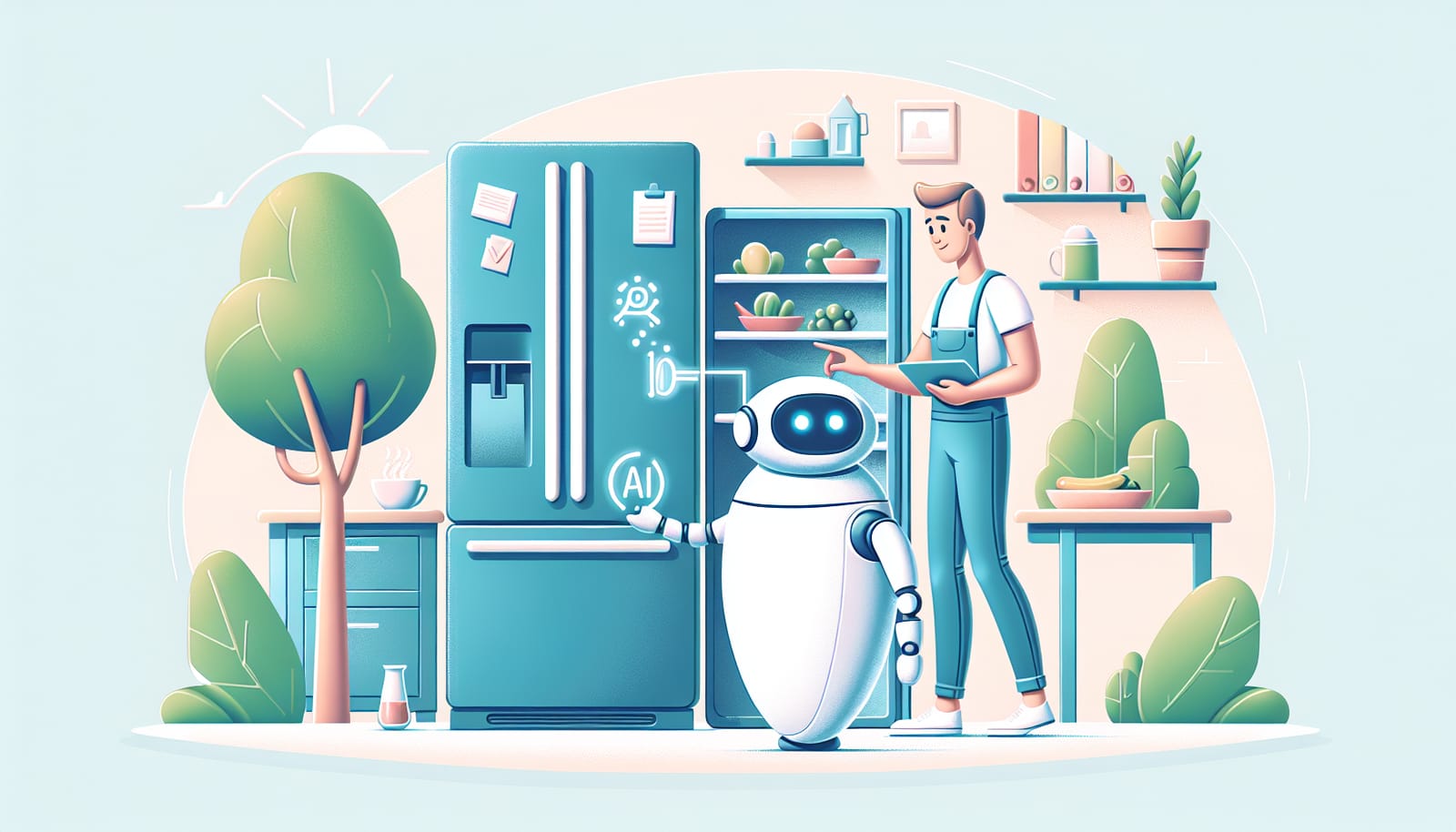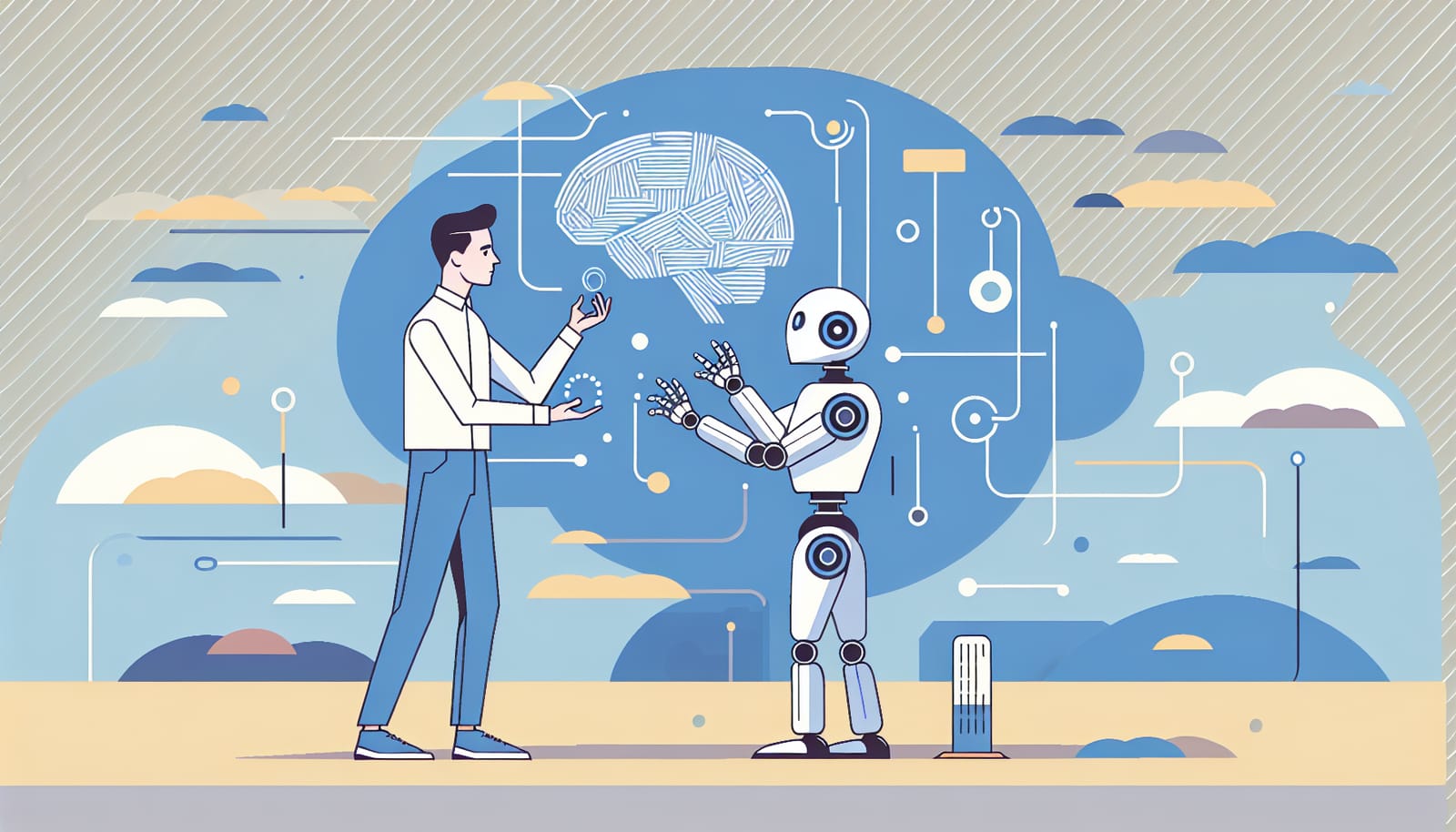Artificial Intelligence (AI) is an exciting and rapidly evolving field that seems to promise a world where machines can think, learn, and make decisions like humans. However, while AI systems have made remarkable strides, there is one crucial thing they cannot do: figure everything out on their own without human help. In this article, we will explore why AI needs guidance, what it can and cannot do, and how we can work together with these incredible technologies.
Understanding AI: What is It?
To understand why AI can't just "figure it out," we first need to know what AI is. At its core, AI is a branch of computer science focused on creating machines that can perform tasks that usually require human intelligence. This includes things like understanding language, recognizing images, making decisions, and learning from experience.
AI comes in different forms, from simple programs that can play chess to complex systems that can drive cars. However, despite its capabilities, AI operates based on algorithms—sets of rules and instructions created by humans. These algorithms are what allow AI to analyze data, recognize patterns, and make predictions. But they can't think or understand the world like humans do.
Why AI Needs Human Guidance
One of the main reasons AI can't figure things out on its own is that it lacks common sense and context. While humans can draw upon a wide range of experiences and knowledge to make decisions, AI relies solely on the data it has been trained on. This means that if it encounters a situation or question it hasn't seen before, it may struggle to respond appropriately.
For instance, consider a child learning to ride a bike. They need guidance from a parent or teacher to learn how to balance, steer, and pedal. Similarly, AI needs data and instructions from humans to learn how to perform tasks. This data is called "training data," and it is essential for teaching AI how to recognize patterns and make predictions.
Furthermore, AI can sometimes make mistakes because it doesn’t understand the nuances of human behavior or emotions. It doesn’t know why certain things are important or how to respond sensitively to various situations. This is why human oversight is critical when deploying AI in real-world applications—especially in areas like healthcare, finance, and education.
The Role of Data in AI Learning
Data is the lifeblood of AI. Without it, AI systems wouldn’t exist! But not just any data will do. The data must be accurate, relevant, and diverse to ensure that the AI can learn effectively. For example, if an AI system is being trained to recognize cats, it needs thousands of images of cats from different angles, colors, and backgrounds. If the data is biased or limited, the AI will also be biased in its understanding.
Imagine teaching a child about animals. If you only show them pictures of dogs and ignore cats, they might think that all animals are dogs! The same principle applies to AI. This is why researchers and developers must be diligent in curating and preparing training data.
The Importance of Human Interaction
AI systems thrive on human interaction. When we interact with AI, we provide it with the feedback it needs to improve. For example, when you use a voice assistant like Siri or Alexa, your commands and corrections help the AI understand how to respond better in the future. This interaction creates a loop where the AI learns from its mistakes and successes.
Moreover, AI can benefit from human creativity and intuition. While AI can analyze large amounts of data quickly, it often lacks the ability to think outside the box. Humans can come up with innovative ideas and solutions, which AI can then support with data analysis.
Imagine you are brainstorming ideas for a new video game. An AI could help analyze market trends and suggest features based on player preferences, but it takes a human to come up with the core concept and storyline. This collaboration—where humans and AI work together—is where the magic happens.
The Limitations of AI
While AI is incredibly powerful, it has its limitations. As mentioned earlier, AI can struggle with tasks that require common sense, emotional intelligence, or deep understanding. It also can’t perform well without sufficient training data or when faced with unfamiliar scenarios.
Another limitation is that AI can only operate within the boundaries set by its algorithms. If an AI system is designed to play chess, it won’t be able to help you with cooking or driving a car! It’s like a specialized tool—great at specific tasks but not versatile enough for everything.
Additionally, AI systems can sometimes produce unexpected results. For instance, an AI trained to identify objects in images might misidentify a banana as a toaster if it has never seen a banana in a specific context. These errors highlight the importance of human oversight and the need for continuous improvement and updates in AI systems.
Embracing the Future of AI: Working Together
As we move forward into a future filled with AI, it’s essential to embrace the idea of collaboration between humans and machines. Rather than viewing AI as a replacement for human intelligence, we should see it as a tool that can enhance our capabilities.
By working together, we can leverage AI’s strengths—such as processing vast amounts of data quickly—while using human creativity and intuition to guide its development. This approach can lead to innovations that improve our daily lives, from healthcare breakthroughs to smart cities that make urban living more efficient.
In conclusion, AI is an amazing technology, but it can’t just figure things out on its own. It needs our help, guidance, and creativity to thrive. By understanding its limitations and working together, we can unlock the full potential of AI and create a brighter future for everyone. So, let’s embrace this exciting journey and see what we can achieve together!
With this understanding, the next time you interact with an AI system, remember that it’s not just a machine—it’s a partner that needs your input to grow and learn. Together, we can navigate the complexities of AI and harness its power for the greater good!


